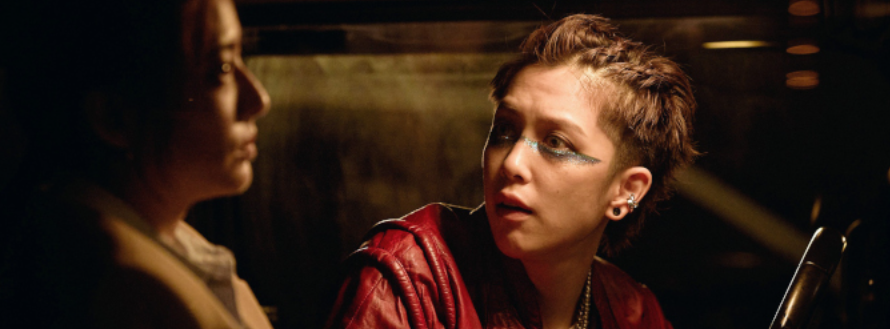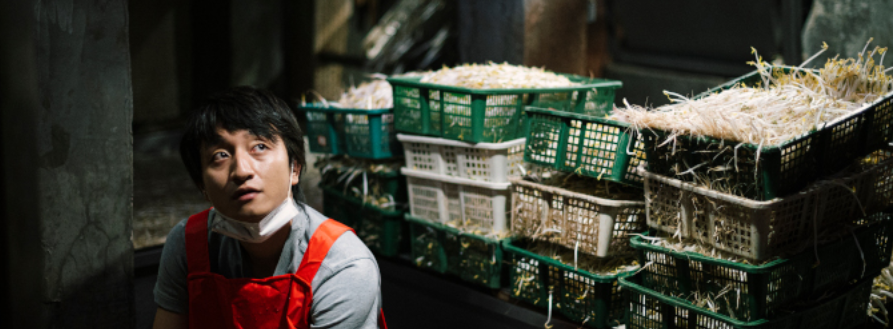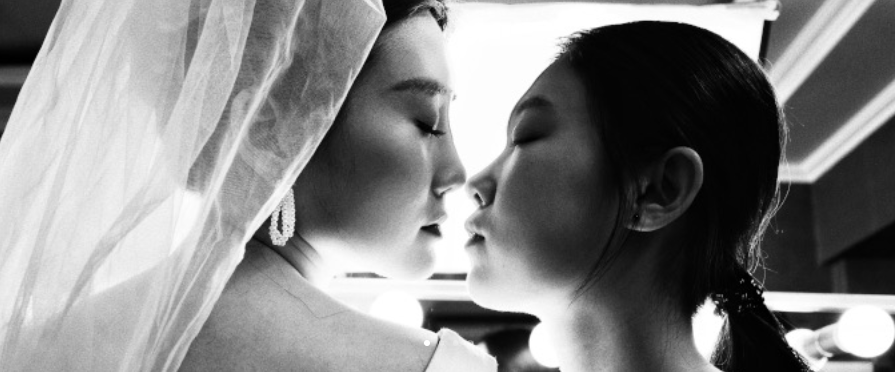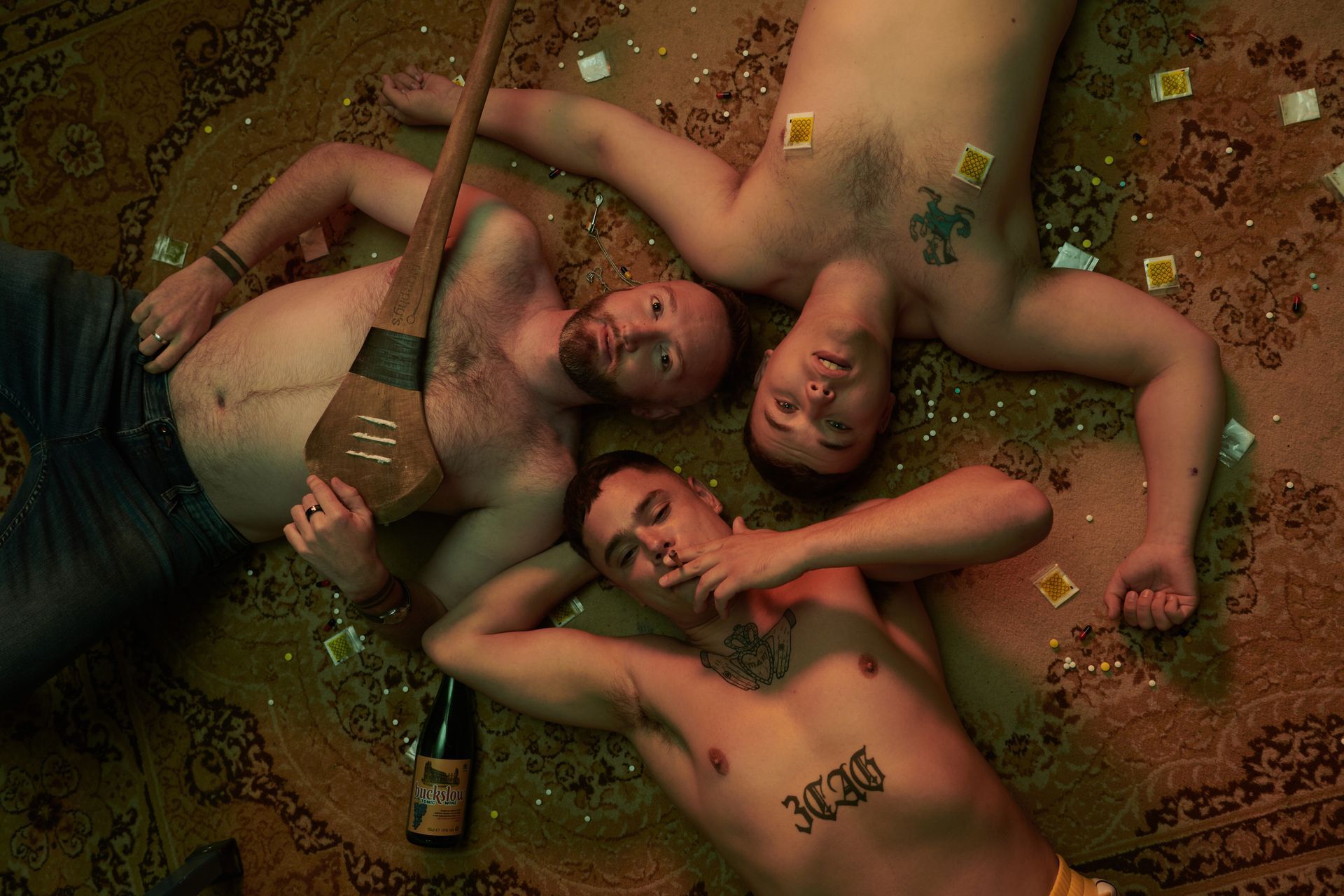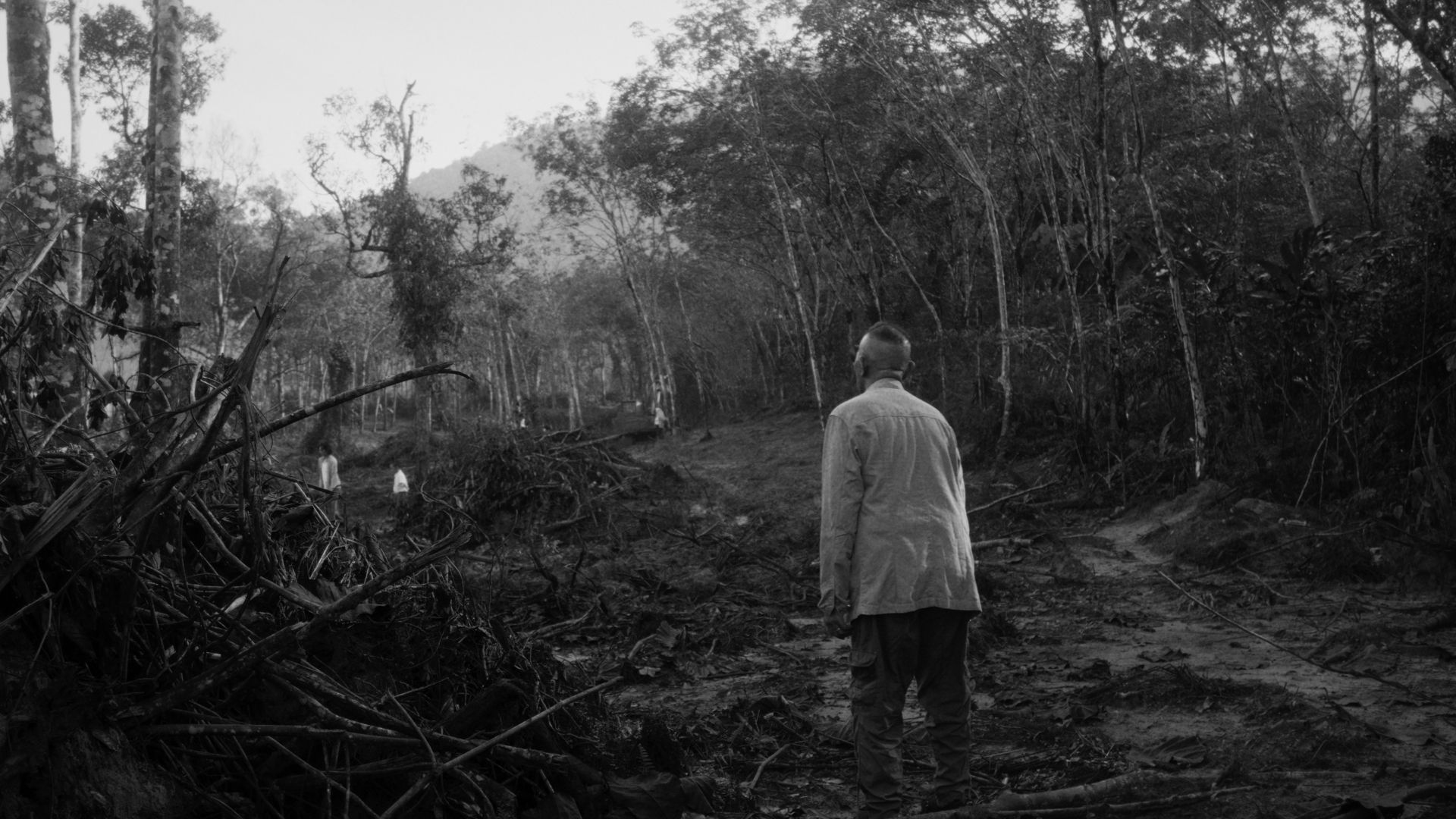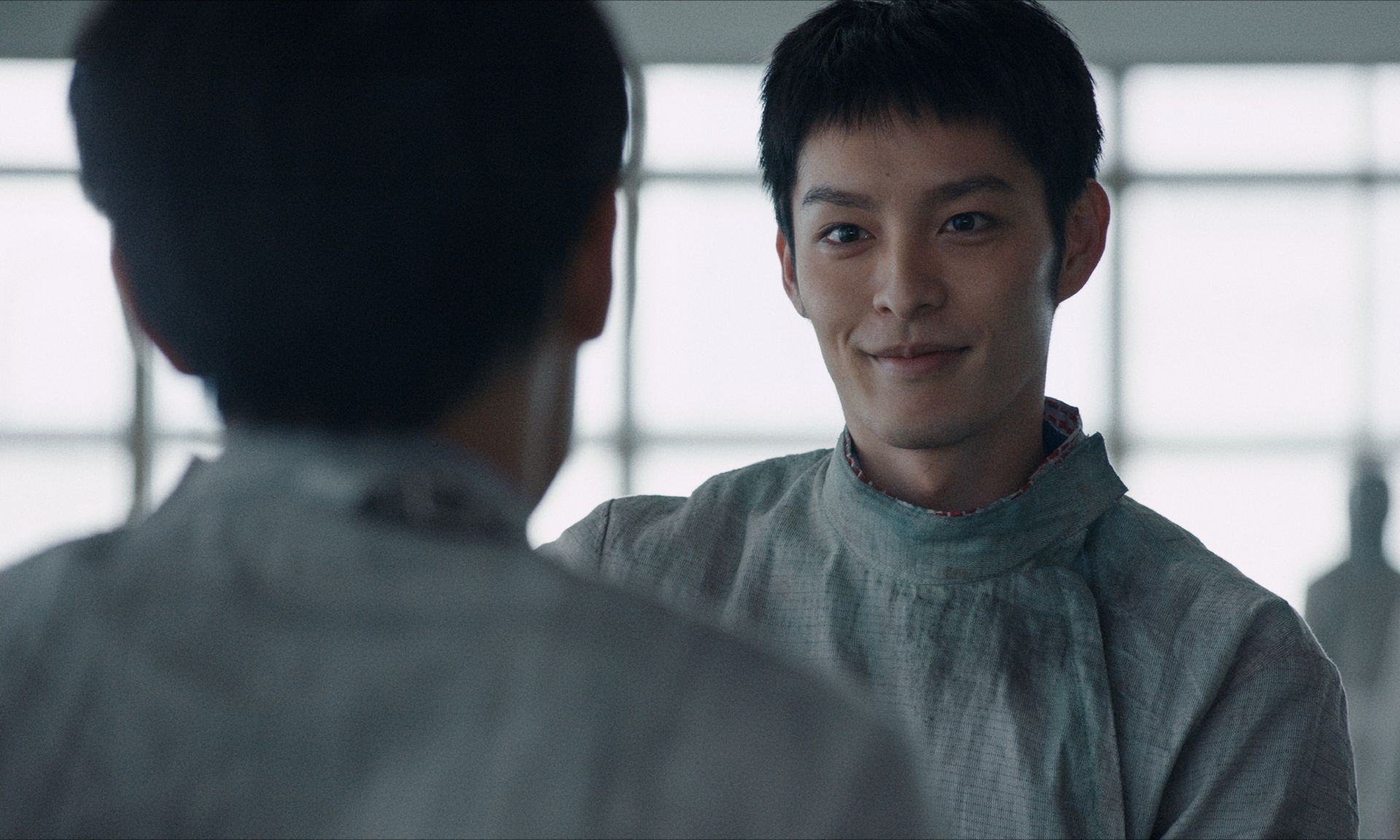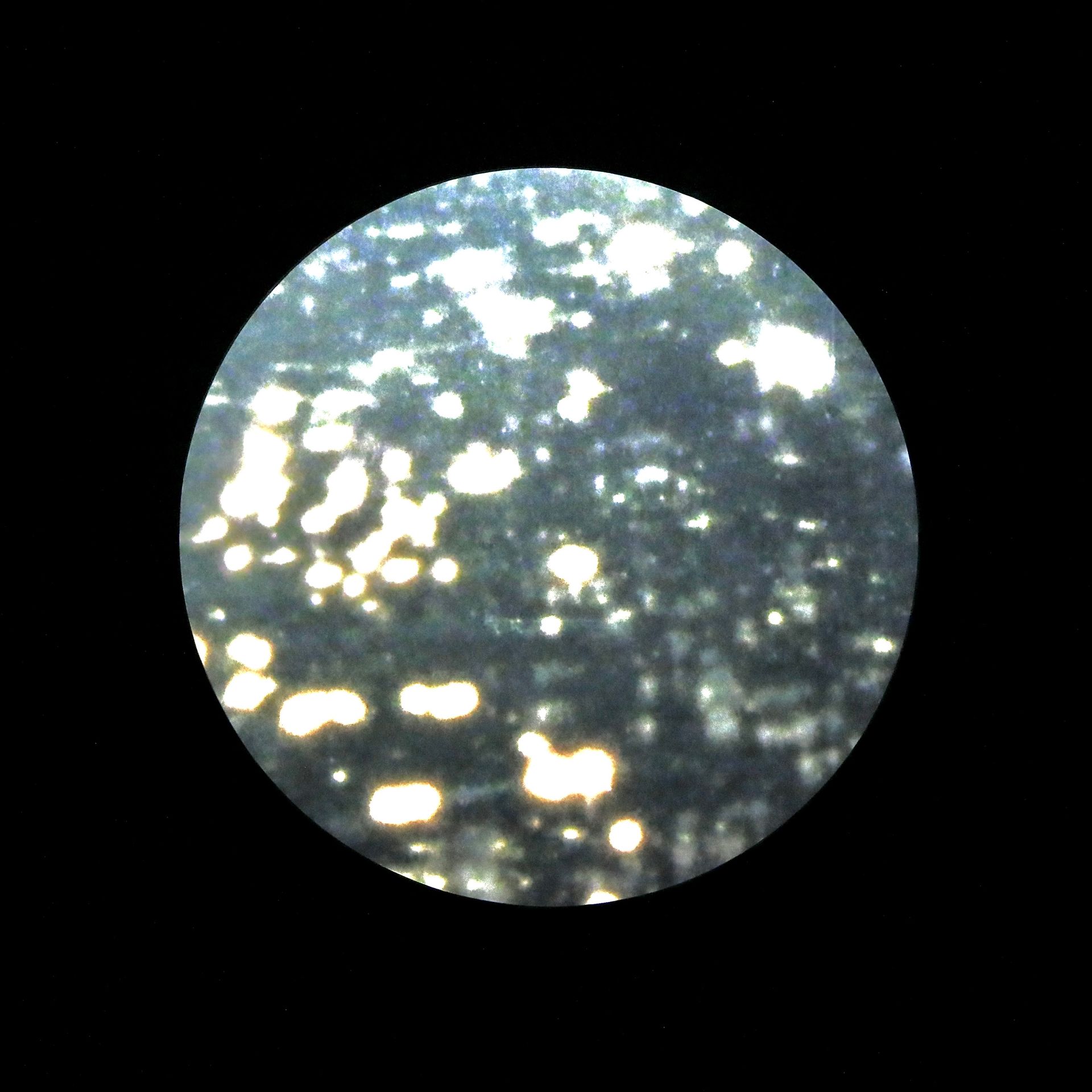Film Review #118: THE HOLDOVERS
The Holdovers: An acerbic yet endearing film that warms both heart and home
*This film review may contain plot spoilers, reader discretion is advised.*
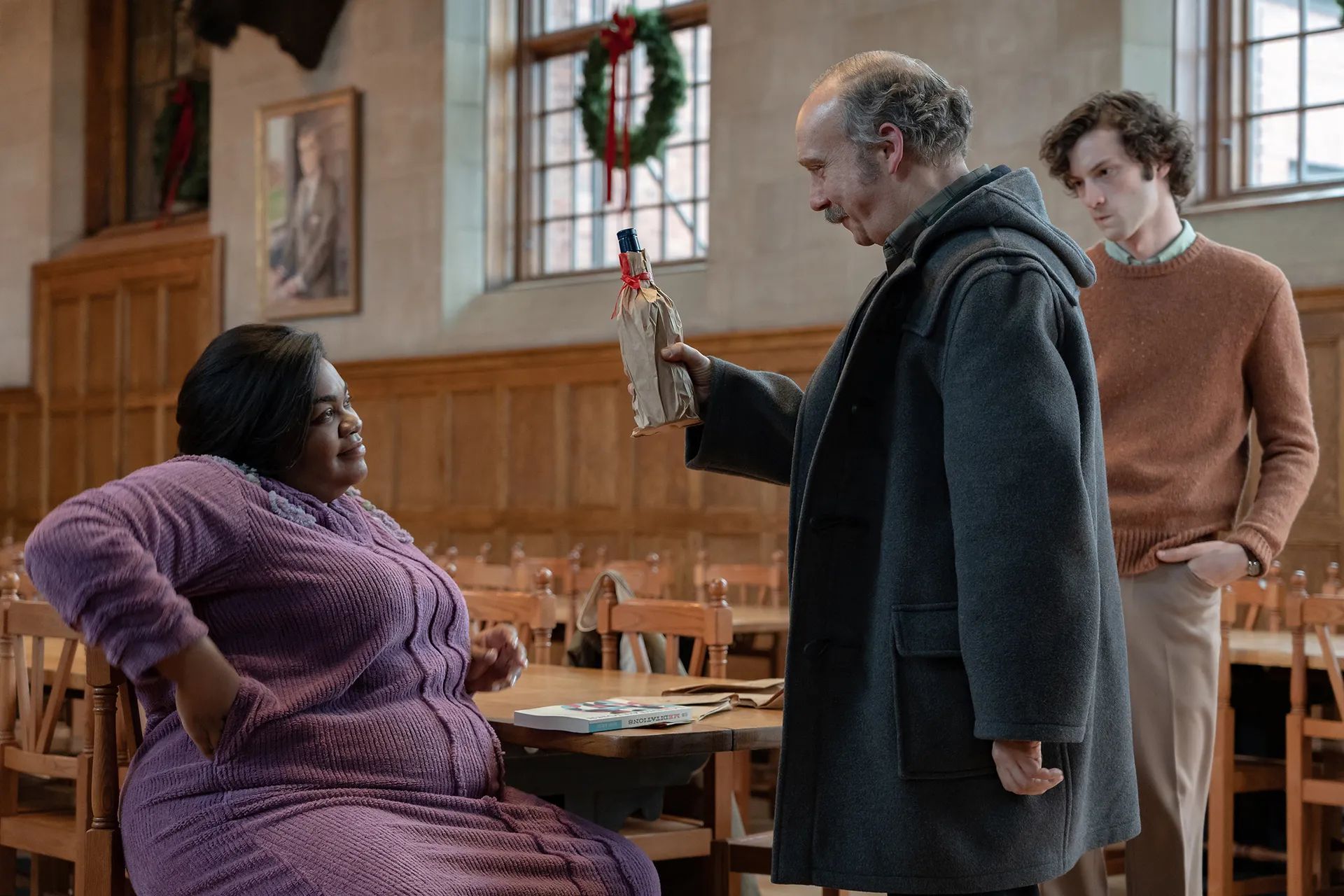
Image Courtesy of IMDB
The festive season is synonymous with feasts, family reunions, fun, and the heartwarming tradition of holiday films. These films evoke a cozy, fuzzy feeling, easing us into the spirit of goodwill and hope as we bid farewell to the waning months of the year. They serve as a mirror, reflecting the best aspects of humanity: the inherent goodness in others, no matter how hard it might be to uncover at first; the resilience we summon during challenging times; and the remarkable, almost mystical way that the holiday spirit renews and revitalizes.
However, holiday films nowadays are cranked out at fever-pitch by studios to seemingly court the box office in cinemas and on streaming platforms. Consequently, the genre has now become a feeble attempt to truly distil that feel-good spirit. It is easy to feel cynical about the holiday season when the fun and humour in these films are cliched and formulaic – where genuine charm and bona fide storylines seem like an afterthought to writers – and we leave the cinema feeling foregone with a lingering sense of disappointment and unfulfillment as the credits crawl to an end.
The Holdovers
is not one of those films. Although its cinematic release in Singapore came far too late for Christmas, it is a triumphant, bittersweet delight that plumbs the depths of loss, regret and love in the human condition while dishing up some truly searing, scathing humour. Set in the 1970s,
The Holdovers revolves around three main characters and the ills that plague them: a serially unlikeable and curmudgeonly classics teacher, Paul Hunham (Paul Giamatti); a brilliant yet achingly troubled student, Angus Tully (Dominic Sessa); and Mary Lamb, the school’s head chef and a grieving mother (Da’Vine Joy Randolph).
As director Alexander Payne’s first period film,
The Holdovers fully leans into the era’s cinematic, stylistic mainstays. From the period-accurate opening credits, title card and studio logos created by graphic designer and longtime collaborator Nate Carlson to the raw footage itself (altered with film emulsion and colour grading in post-production) Payne opted for an authentic immersion into the era. The opening scenes of the film establish the wintry atmosphere through the brilliant cinematography. Eigil Bryld, the cinematographer and camera operator, masterfully captures the austere, ancient, and imposing campus of the fictional Barton Academy, which is heavily blanketed in snow. Despite its size, large enough to accommodate generations of rowdy boys, the campus appears eerily empty when its residents are reduced to only three.
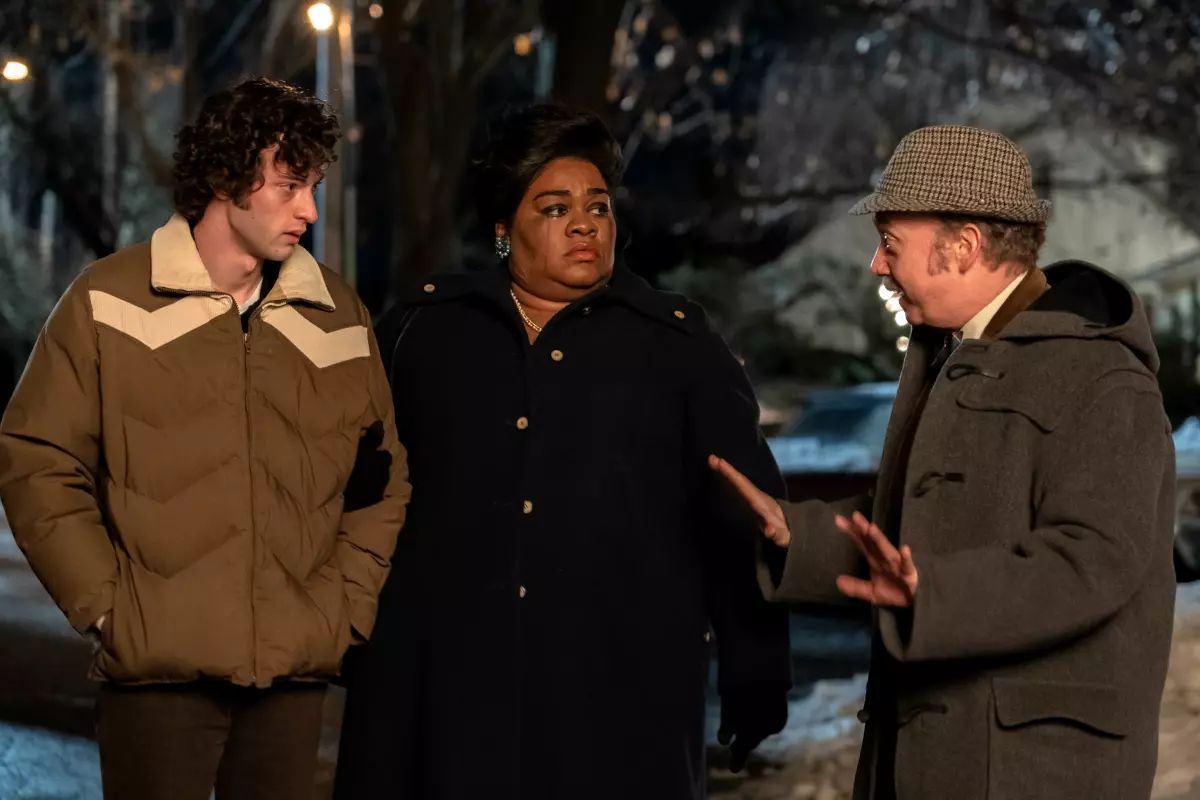
Image Courtesy of IMDB
The trio are reluctantly forced to spend Christmas at Barton. As victims of circumstance, they would rather nurse their emotional wounds anywhere but there. Paul resents being appointed caretaker for the holdovers, a consequence of his misstep in academic politics. Wounded Angus conceals his pain with caustic sarcasm, abandoned by his holidaying mother and stepfather in St. Kitts. Mary is visibly saddened, mourning her son Curtis, a Barton alumnus who died in the Vietnam War. Each paints a lonely portrait, aching for connection in a situation they think runs scarce. While it is unsurprising that the three eventually become closer and form a deeper relationship with one another, screenwriter David Hemingson expertly crafts the narrative progression with remarkable strength and flair. Remarkable is the film’s use of sharp and clever dialogue — a potent mix of witty repartee, impassioned outbursts, and barbed yet amusing insults— all of which enhances the film’s humour and emotional depth, granting the audience deeper insight to each character and their distinct voice.
The actors build on the writing to truly breathe life into their characters, making them the beating heart of
The Holdovers. Amidst the ensemble, Paul Giamatti delivers a crackling, spiky performance, relishing the part of the pipe-smoking, liberally-swearing teacher, Mr Hunham. From effortlessly hurling cutting insults to delivering fiery speeches, Giamatti is an explosive tour de force. Mr Hunham loves his subject but loathes his students, a mutual feeling that he accepts but never acknowledges openly. Giamatti brilliantly captures Mr Hunham's fleeting moments of remorse through subtle gestures—a blink-and-you'll-miss-it downward twitch of his mustache, a pregnant pause where his good and lazy eye fill with melancholy—providing a silent yet significant glimpse into an otherwise pompous, eloquent character. This is Giamatti's first leading role in some time, but his captivating, magnetic performance makes it unforgettable.
With unwavering confidence, showbiz newcomer Dominic Sessa skillfully navigates the complexities of Angus' life. He effectively captures the emotional turmoil rooted in his father's absence, the painful realization of his mother choosing another over him, and the impending threat of being sent away to military school. Sessa equips Angus with palpable angst, sharp wit, and quick thinking, enabling the character to stand toe-to-toe with Mr Hunham and later form a hilarious partnership that borders on the realm of pantomime. The seamless collaboration between Giamatti and Sessa creates a perfect balance, allowing each character to shine with ease in their shared scenes.
Regrettably, the character of Mary takes a backseat to the conflict between and within Paul and Angus. Defined primarily by her loss, Mary should have had the character development that Mr. Hunham and Angus received. Despite this, Randolph, whose moving performance has rightfully won her both the Golden Globe and Academy Award for Best Supporting Actress, shines. She pours herself into Mary’s aching grief and maternal love, capturing her loss over Curtis. Both of them, we discover, paid too high a price for what the white, wealthy Barton boys got for close to nothing; the victims of structural racism and classism while the latter were effortlessly parachuted into prestigious colleges. Randolph echoes Mary’s quiet dignity and strength, visible despite the loss written in her slow, weary movements, shaky expressions and glances fraught with glimmering tears. In a world that offered her little, she stood out as the film's standout performance, portraying Mary with empathy, warmth, and kindness for others.
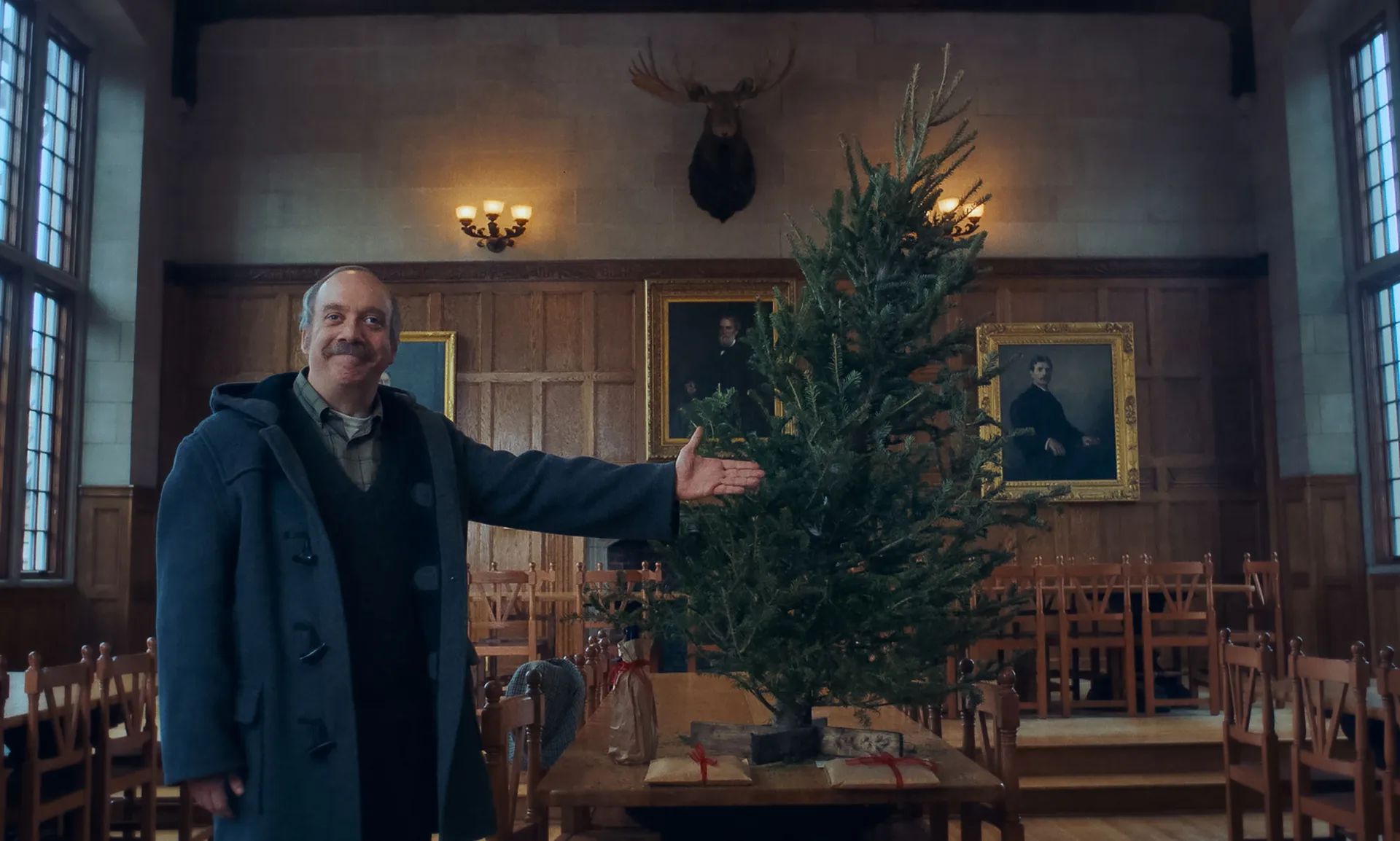
Image Courtesy of Focus Features
The Holdovers is more than just a holiday film about three broken individuals forming an unexpected family in an unwanted situation. It delves into the complexities of characters trapped by societal expectations, evoking empathy and a desire to comfort them through their pain. The film revolves around Paul, Angus, and Mary's longing, anguish, and resentment, culminating in a quiet triumph that serves as the movie's emotional core. The characters' struggles and imperfections resonate with viewers, as they see reflections of themselves in the on-screen drama. Set against the backdrop of the 1970s, an era of beautiful dreams and fading idealism, The Holdovers offers a thought-provoking and emotionally charged cinematic experience, far removed from the comfort of a cozy, warm blanket.
They hope. They dream. They
try.
In this world, that might just be enough.
——————————————————————————-
This review is published as part of *SCAPE’s Film Critics Lab: A Writing Mentorship Programme, with support from Singapore Film Society.
About the Author: Kymberly has always been an avid traveller, eager to explore countries, worlds and universes both real and fictional. Drawn to film and literature from a young age, she has a passion for understanding the human condition across different places in time, and especially enjoys watching documentaries, period pieces and dramas. When she doesn't have her nose in a book or glued to a movie, you can find Kymberly rooting for her favourite sports teams at the top of her lungs, spending time in nature or working on a graphic design/editing project.

